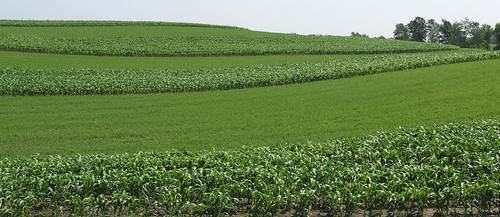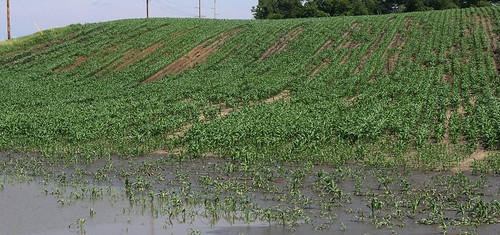
Soil health is always important, but extreme weather in the last few years has shown landowners just how important managing for it really is.
“The vital part of soil is topsoil, which unfortunately is also the part most susceptible to the effects of weather. That’s what makes protecting it so crucial,” said Doug Miller, soil health coordinator with USDA’s Natural Resources Conservation Service (NRCS) in Minnesota.
The top two components of topsoil are clay content and soil organic matter that hold nutrients and water for plant use and growth.
“The amount of clay content is determined by glacier content left behind and cannot be changed, but the percent of organic matter in topsoil can be increased,” Miller said.
One percent of organic matter in the top six inches of soil can hold about 27,000 gallons of water per acre. Increasing organic matter increases the holding capacity for water making your land more resilient to extreme weather.
Even with drought in recent years, landowners benefited from improved soil health.
“There were two farms separated by a road that had the same soils, same crops and same precipitation. While one farm thrived through extreme weather, the other one lost corn plants, soil and water. The variable here was the management of the land,” Miller said.
Landowners are the managers of soil, so it’s important to use practices that help protect and improve your soil, he added.
NRCS identified four principles that help improve soil health:
1. Keep soil covered as much as possible.
2. Use plant diversity to increase diversity in the soil.
3. Keep living roots in the soil as long as possible.
4. Disturb the soil as little as possible.
Managing for soil health can help increase productivity and profits, decrease inputs and improve sustainability for farms and ranches.
“We need soil to be productive not just this year, but five years from now, 20 years from now, 60 years from now, and that starts with soil health,” Miller said.
NRCS has more information on drought resources and soil health. Also, complete information on drought and disaster resources is available on the USDA website.


